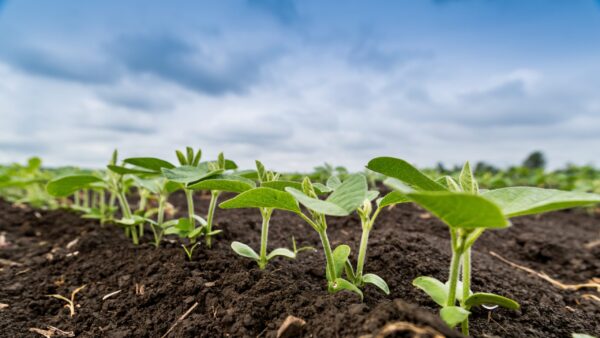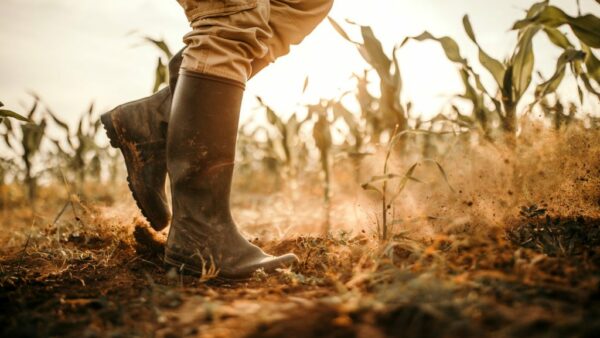Though the seed industry knows quite a bit about required tests the seed must go through to make it to a farmer’s field, going above and beyond in seed testing ensures fields get the right agronomic start.
“Seed testing helps minimize risk, determines quality issues and identifies possible problems for potential claim complaints,” says Amanda Patin, key account manager with SGS North America. “Along with this, you’re looking at producing high-quality seed free of disease and weeds that has strong germination and vigor to give you a competitive edge.”
But, proper seed assessment isn’t just monitoring germination and vigor. Another aspect is monitoring trends — especially in seedborne diseases — from year-to-year, according to Trevor Blois.
“Usually with most of the crops, we’re looking at one big pathogen, but in any given year, there can be other problem pathogens,” Blois, supervisor of the Disease Department at 20/20 Seed Labs, says. “We’re also looking at trends from year to year, whether or not there’s some sort of issue that’s emerging as the testing season progresses.”
In Canada, these problems typically are determined from grain growing and harvest conditions of the year. Typically, because of that, the diagnosis isn’t a surprise because it’s based on problems being seen in the field as well.
When it comes to testing across Canada and the U.S., there are a few standards to be aware of. In Canada, requirements are set out in the grade tables provided by the Canadian Food Inspection Agency, which includes the standards for germination and purity. In the U.S., required tests vary from species to species and from state to state. Typically, seed companies follow what’s required for the federal seed label, as well as state requirements. If looking to ship internationally, a company can perform testing following the International Seed Testing Association’s (ISTA) requirements and the Canadian Methods and Procedures for Testing Seed.
Those requirements being said, Blois and Patin both agree — most companies go above and beyond in terms of seed testing.
“Different clients have some requirements that are above and beyond,” says Blois. “Vigor isn’t included on those grade tables, nor is herbicide tolerance.”
When it comes to setting your seed tests up for success, it actually starts with your sample. If something goes wrong with your sample, you might not get an accurate test result.
“The main things you need to look for, are making sure you’re using the proper sampling equipment and that your equipment is clean before using it,” says Patin. “From there, you need to ensure you’re sampling enough areas throughout the seed lot.”
If you aren’t cleaning your equipment, especially when it comes to disease testing, potential spores or pathogens could remain present in your seed sample. Sanitizing your equipment and ensuring it is clean protects your lot from any contamination that could lead to misdiagnosis, especially during the U.S.’s national seed health test, which includes a visual component.
“We’re only testing 200 seeds out of an entire seed lot,” Blois says, noting that if you’re only testing one small section of a field that could have more disease present, you won’t get a proper representation of the entire lot. “It’s always good to have more samples and test multiple times throughout the testing season as well — even within that time period, we see disease levels changing.”
Realistically though, all these standards aim to produce the healthiest seed possible. And, starting the year with seed health top-of-mind gets a company a competitive edge and gives customers a leg in the game.
“We’re not only starting with healthy seed, but disease-free seed,” says Patin. “It’s just like us. If we have a cold, we’re more prone to have an infection takeover. If you don’t have vigor and vitality as a high-quality seed unit, you’re going to be more prone to disease.”
Want to hear the entire conversation and dive into the biggest culprits Patin and Blois find in a year and the causes behind them? Listen at:
Want to read more Seed Speaks? Visit:
Irrigation Stewardship Can Help Fight Droughts
Timing is Key to Manage Corn Lodging
Yield, Yield, Yield: Examining the Power of Modern Trait Development
The World is Getting Used to Abnormal Supply Chains
Better Seed Genetics Push Straight Cutting Canola Trend Forward











